The Holy Trinity - Language, Society, and Culture
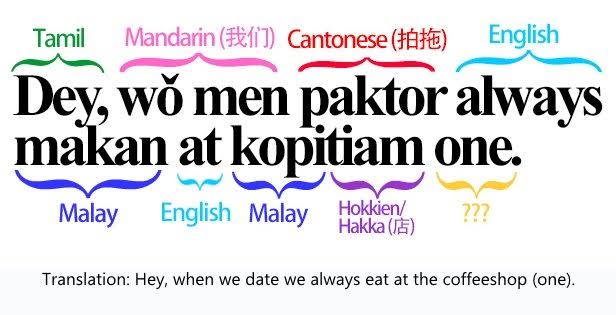
Here’s the question of the day – What is language?
And this is Google’s definition of it.
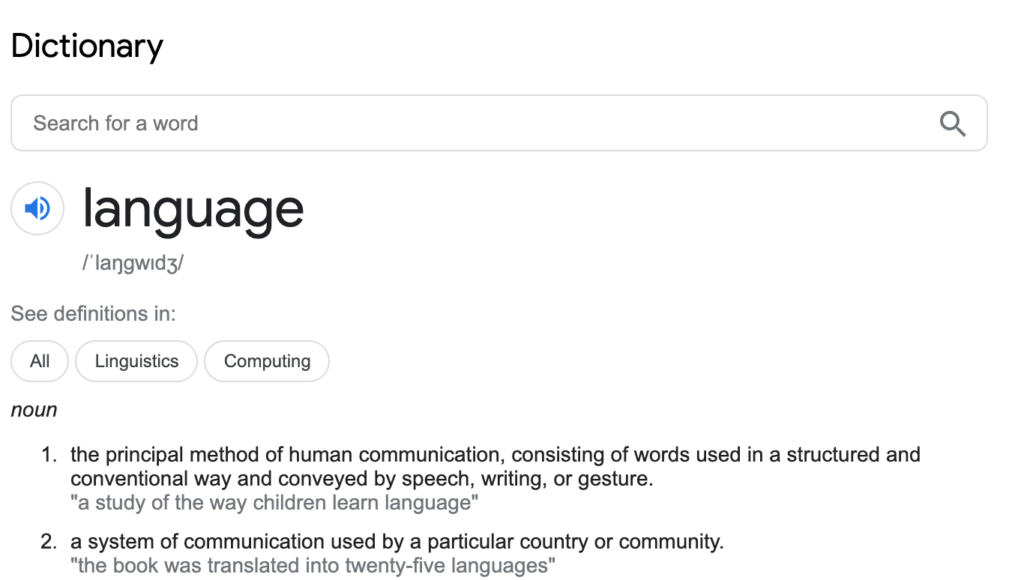
Language defines us as human. As the philosopher Renee Descartes once said, “There’s is no other animal, however perfect and fortunately situated, that can put words together in a manner to convey their thoughts.”
All animals communicate, of course. But the flexibility and range that a human communicates is extremely unique. Basically, language is what defines the human race turn as just another inhabitant of planet Earth into the ones that holds dominion over the rest of the animal kingdom.
But what exactly is language?
According to the linguist Edward Sapir, language can be defined as a method of communicating ideas, emotions, and desires by means of a system of voluntarily produced symbols – by speech, writing, or sign language.
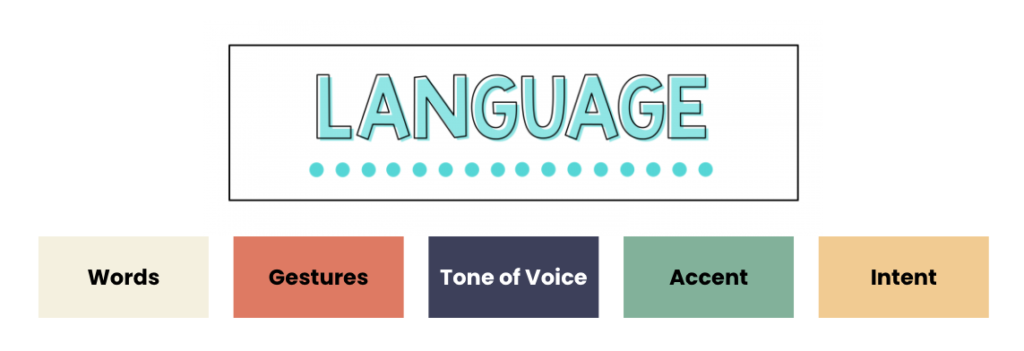
Language is more than just the combination of words.
Some people have the mindset there are clear do(s) and don’t(s) in how language should be used. But in reality, it isn’t just black or white. It just adapts to the different contexts in which it’s used. Language is fundamental to our culture. It is a badge of identity for the individual as much as it is for the community.

So does society and culture influence the words that we speak? Or do the words that we speak influence society and culture. A cyclical relationship that can be difficult to understand.
Language and Social Context
Society cannot exist without language. The spoken and unspoken words are what that connects individuals to their communities.
We are taught since a young age that meaningful conversations can only happen if it abides to social norms. We rely on routines and social roles to guide our verbal interaction and how a conversation will unfold.
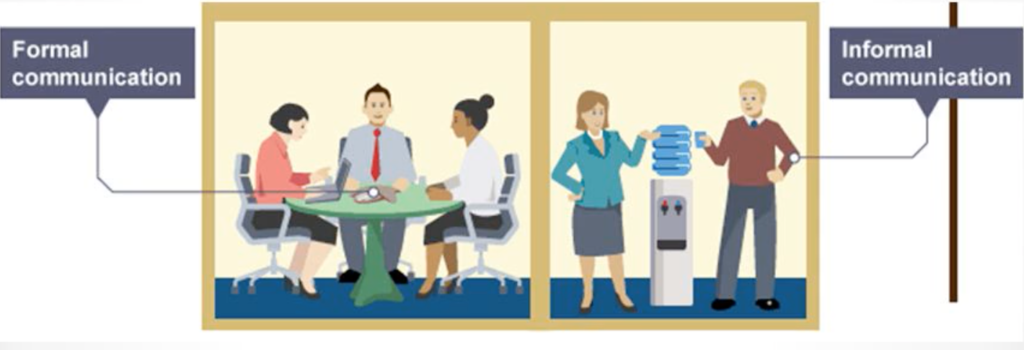
A common social norm that structures our communication is turn taking. A good conversation is akin to tango. We need to feel like we are contributing something to an interaction, so turn taking or a dialogue forms the bedrock of meaningful conversations. Questions are followed by answers, greetings are followed by responses, compliments are followed by a thank you, and informative comments are followed by an acknowledgment. When these sequences work out, meaningful conversations happen.

Other norms include the change of topic and the ending of one.
Before we can initiate a topic change, it is only acceptable that we let the current topic being discussed play itself out or continue until the person who introduced the topic seems satisfied. We then usually try to find a relevant tie-in or segue that acknowledges the previous topic, in turn acknowledging the speaker, before actually moving on. Changing the topic without following such social conventions might indicate to the other person that you were not listening or are simply rude.
Ending a conversation is even more complex. I’m sure we’ve all been in awkward silence situations where we just want to get out. And the worst case is that walking away or ending a conversation without the appropropriate leave-taking behaviors is considered a breach of social norms.
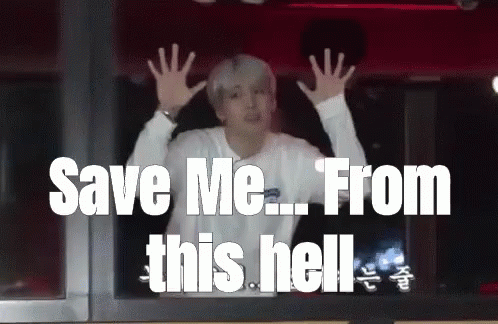
An example of an appropriate leave-taking behaviour is during a topic change. But note that it is still expected for us to give a special reason for leaving, often in an apologetic tone before you part ways.
In ideal cases, conversations come to an end when the parties involved recognize the signals that a topic area has been satisfactorily covered or that one or both people wants to leave.
Language and Cultural Context
It is important to note that culture isn’t solely determined by a person’s native language or nationality. Yes, while languages do vary by country and region, but even people who speak the same language may come from different cultures because of their various intersecting cultural backgrounds and personal experiences. Just take a look at UK-born Daisy Anne’s fluency at speaking Singlish or the Singaporean Indian salesman who spoke fluent Mandarin and Hokkien.
Language, no less than other aspects of human behaviour, requires individuals to consciously put in effort to connect meaningfully. The most obvious being taking up a second-language learning.
The actual language we speak plays an important role in shaping society and cultures. Through the comparison of the various languages, we can see obvious differences in how individuals talk about the world.
Take this for example. In English, we have the words grandfather and grandmother, but there isn’t any words that distinguishes between a maternal grandfather and a paternal grandfather. Swedish, on the other hand, has specific words for each grandparent:
- morfar is mother’s father
- farfar is father’s father
- farmor is father’s mother
- mormor is mother’s mother
In this example, we can see how the differences and limitations of language influence the way we talk about the world and our cultures.
On a more prominent note, culturally influenced differences in language and meaning can lead to some interesting experiences. You must have heard stories of companies that failed to exhibit communication competence in their naming and/or advertising of products in another language.
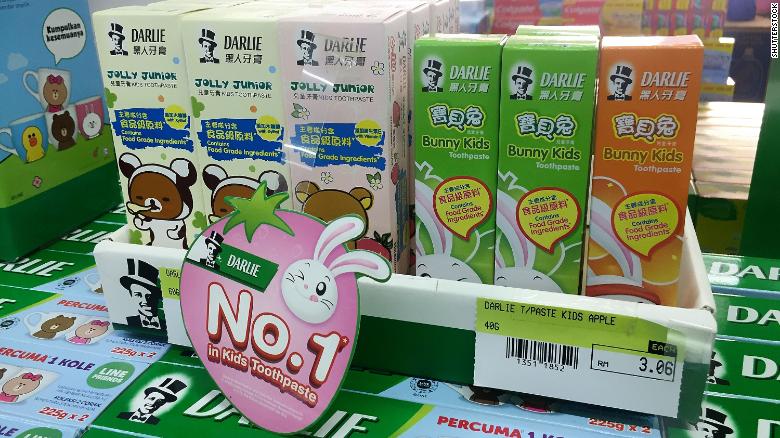
Take for example the famous toothpaste brand – Darlie – which was marketed in Chinese as “Black Person Toothpaste” and was sold using the racial epithet Darkie until its name was changed in 1989. The company changed the brand name from “Darkie” to “Darlie” and redesigned the logo to feature a racially ambiguous man in a top hat and tuxedo.

Similarly, in China, Pepsi’s marketing campaign used the slogan ‘Come alive! You’re in the Pepsi generation’ only to later find out that when translated it meant, “Pepsi brings your ancestors back from the dead”.
Communication Accommodation Theory
According to Howard Giles, the professor of communication at the University of California, Communication Accommodation theory is a theory that explores why and how people modify their communication to fit situational, social, cultural, and relational contexts.

There are two main techniques in using communication accommodation.
- The convergence technique – when the conversationalist makes his or her communication more like another person’s. People who are accommodating in their communication style are seen as more competent, which illustrates the benefits of communicative flexibility. In order to be flexible, of course, people have to be aware of and monitor their own and others’ communication patterns.
- The divergence technique – when the conversationalist deliberately chooses not to mirror speaking styles to emphasize the differences between his or her conversational partner and his or herself. Examples of this often involve minority groups who desire to maintain their own cultural identity. Such a group will use their language judiciously, especially around the local dominant culture, as a sign of independence.
Accommodation through Translation
Communication accommodation might work for informal or conversational settings where a common language is being used. However, in professional or formal settings, where there are two mutually incomprehensible languages, translation becomes necessary, either through a third party or directly.
When it first started, translation was instantaneous and oral; interpreters were present during the conversations and it was a 3-way communication. In communities where literacy is high, translation can come in the form of written text.
Today, translation has taken a new form with the advances of technology. Take for instance the various audio and language settings made available on entertainment applications such as Disney+ or Netflix.
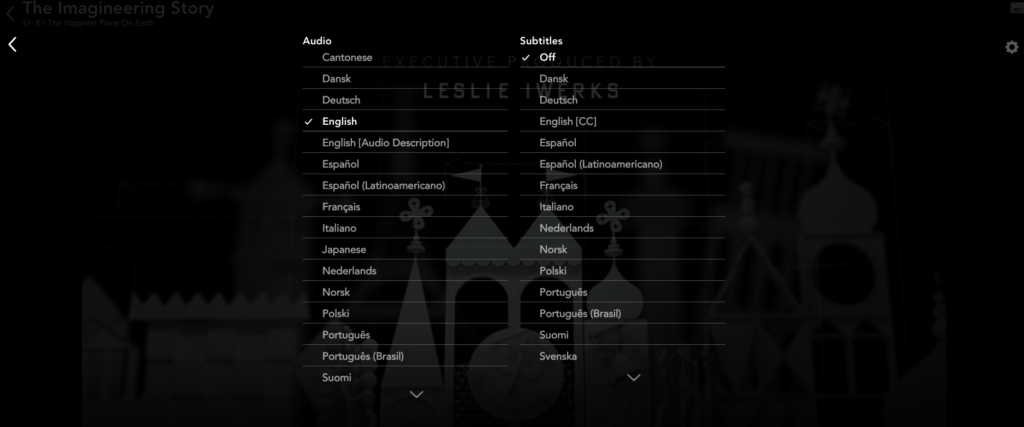
Or what about Jala (also a proud member of the Potato family)? A community-powered translation platform connecting people and translations across the globe.
Jala was built because a community of like-minded multilinguals wanted to put their translation skills to good. Translators can easily find meaningful projects to work on from the Jala marketplace, as well as access the minds of other language lovers for translation tips!
The company uses an integrated CAT (computer-assisted translation) tool for translators and organisations to self-translate and easily tackle large documents by breaking it down into bite-sized translation strings. The platform also provides translation terms and translation references crowdsourced from the Jala community to help make translation jobs easier.
At the end of it all, language mediates the way we experience and understand the world. It influences the way we relate to each other. And ultimately, it’s connected to almost everything we do in society.
If you like our content, please reach out to us at stories@potatoproductions.com. We’re looking for content partners and we’re excited to get more eyes on interesting articles!
